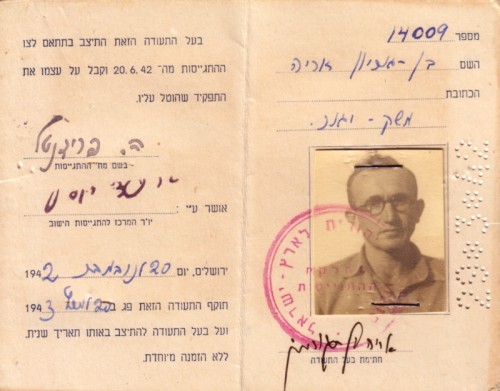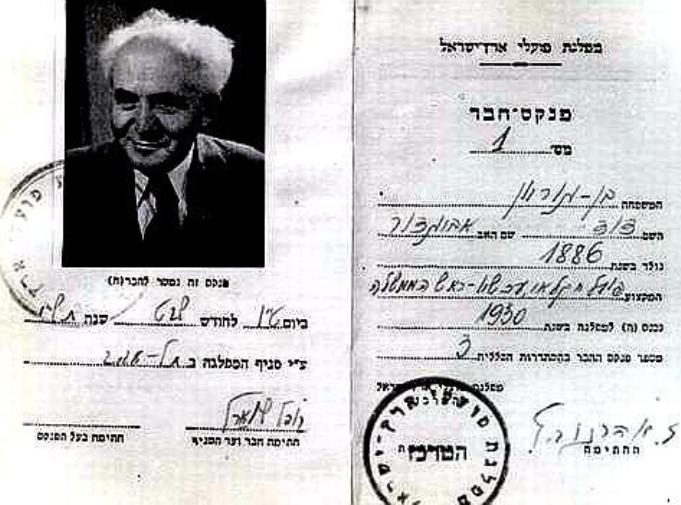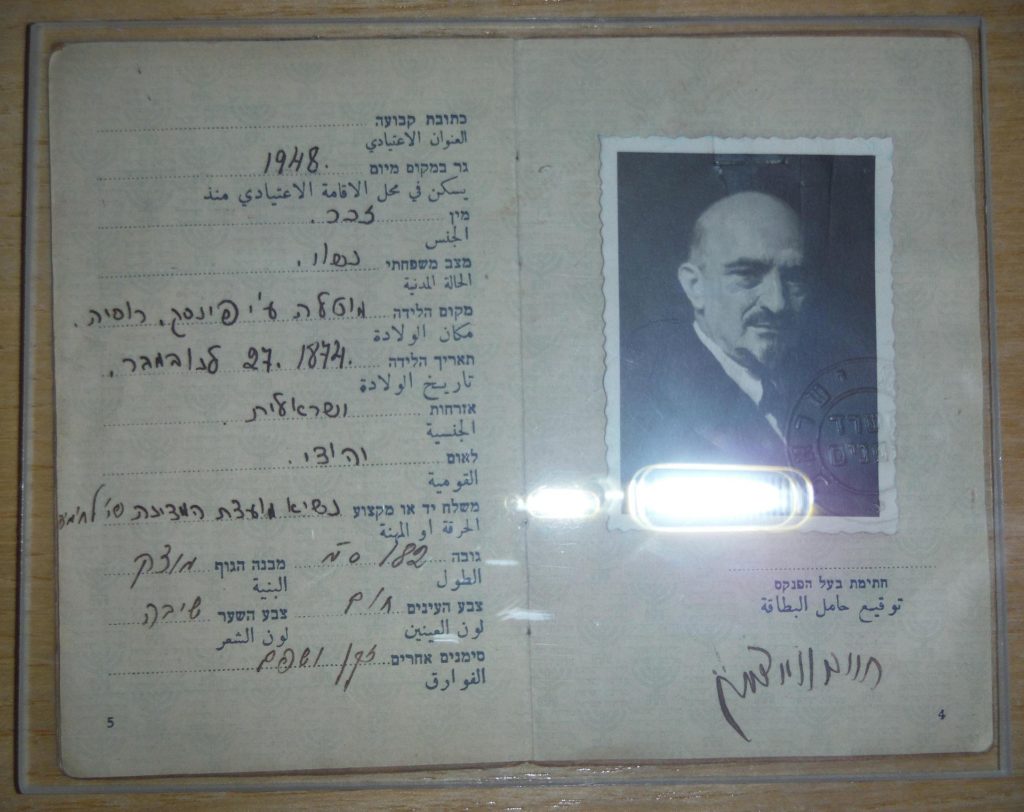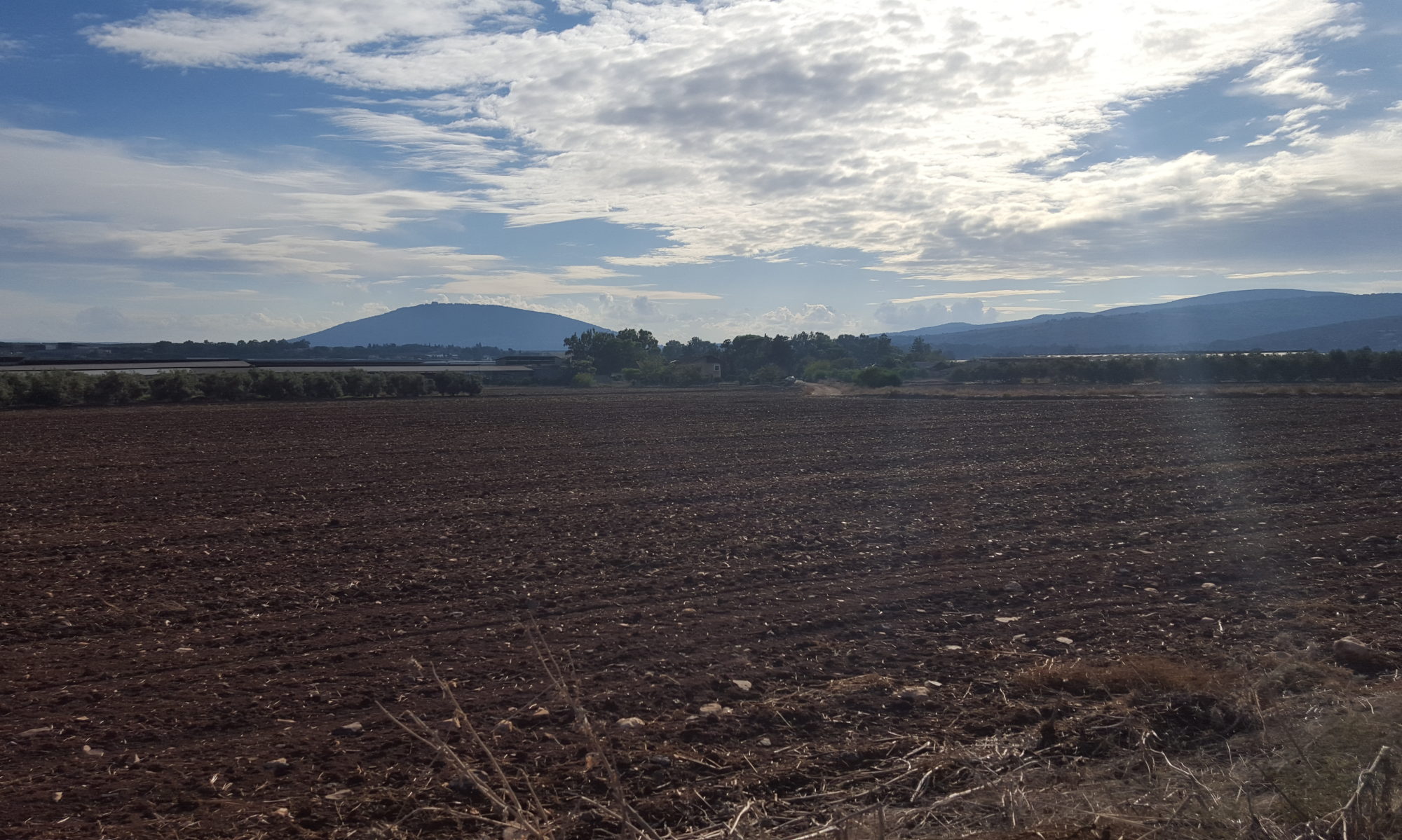The process of signing a contract to purchase a nahala requires a full stomach and empty bladder: be prepared to sit for hours, and bring along some Advil for the inevitable cramped hand. We literally signed hundreds of papers, four copies of a very complicated contract. The Reichs sat opposite us; when we each finished a copy, we’d exchange and continue the tedious signage.
Ira’s eye wandered to Chana Reich’s mispar zehut (identification number) and noticed that something was amiss: instead of the expected nine numbers which citizens of Israel are issued at birth, hers had only six digits.
“Why of course!” she said. “Do you know how old I am?”
It was at that moment that an element of this move surfaced, one that had lurked at the edges my consciousness over the long summer of negotiations and was now taking on real substance: the people who live in Sde Ilan, our new moshav, are very, very different from us. Many of them are old-timers, founders of the community back when the State was first established, born when the yishuv numbered fewer than a million citizens, necessitating no more than 6 digits.

Fun Fact: Legend has it that citizen #000001 was Ben-Gurion himself (not true — that number was randomly given to an ordinary citizen from Migdal HaEmek, who has since passed away).

We made aliyah in 2001, and we were given 9-digit identification numbers. Not only are the vatikim (old-timers) in Sde Ilan significantly older than us — they have lived through a history that we know about only via a collective national memory which we encountered for the first time as young adults, as a newly-engaged couple and newly-minted citizens of Israel. We both grew up as fully American Jews, neither of us much exposed to the history of the modern State of Israel in our formative years beyond the very rudimentary. Those missing three digits from our zehut numbers symbolize our late appearance on the scene. We have a lot of catching up to do.

Many of the present residents of Sde Ilan are the children of the moshav’s founders, as well as others who joined the community upwards of 40 years ago. There are very few olim (immigrants). These moshavniks are people who either wrote the chalutz (pioneering) narrative themselves, inked by their own sweat and blood, or they are the sons, steeped in the stories, songs, and general culture of the “six digit-ers.” Many grew up with the Tnuva dairy trucks entering their family farms empty and leaving full; many saw calves birthed and sheep sheared and chickens slaughtered while themselves still in diapers. All of these moshav families have fought and sacrificed in all of Israel’s wars — in the battles preceding the War of Independence.
There we sat, with our nine digits, feeling for the first time the full weight and stark foreignness of Chana’s abbreviated mispar zehut. I thought of a Shabbat that we had spent on the moshav last year, hosted for the Friday evening meal by one of the Sons. He had grown up on the moshav, married and stayed on as a farmer. His parents were founders. His wife was from Metulla — her grandfather had been one of the founders of that town, back in 1896. Ira and I sat there in their living room, the “forever-immigrants,” having foregone any real assimilation into Israeli society until this point. Why did you move to Israel, they asked, out of real curiosity. I wasn’t sure that they had ever really spoken with an oleh before, and our past was their great unknown.
And yet, as I wrote my nine-digit mispar zehut over and over again on a contract that would bind me with these six-and-seven-digiters, I felt at peace. It will be hard diving into a complete immersion of language and culture that we have, frankly, been somewhat buffered against by the safe anglo/borgeois cocoon of the cosmopolitan Merkaz. (Our older sabra kids, though, exasperated by their parents’ “anglo ways,” cannot wait!) I can’t say that I’ll surrender my mother tongue completely, since I’ve had forty years of speaking, writing and thinking in English, but I will submit to a place that does not offer the comforting safety net of familiarity. Our future is with a community that speaks no English and has few, if any, non-native-born Israelis among them.
You can’t measure a Jew’s connection to Eretz Yisrael in six or nine digits — each and every one of us who cast our lot with our nation and receive a teudat zehut is really Citizen # 000001, as tied to this land as was Ben-Gurion. In time we’ll learn the slang, the innuendos, nuances and subtleties of a deeply native community, and all of that will just serve to make us feel more comfortable and at home in the moshav. To surrender fully to that adventure and challenge requires a certain grit and resolve; I’m still working on that. But the peace that I felt as a “6-er” entrusted us “9-ers” to carry on with her little corner of Eretz Yisrael was due to our sense of belonging to this Land, a belonging that surpasses our current adjustment challenges and is rooted in a time that predates that first issuance of teudot zehut by thousands of years.
